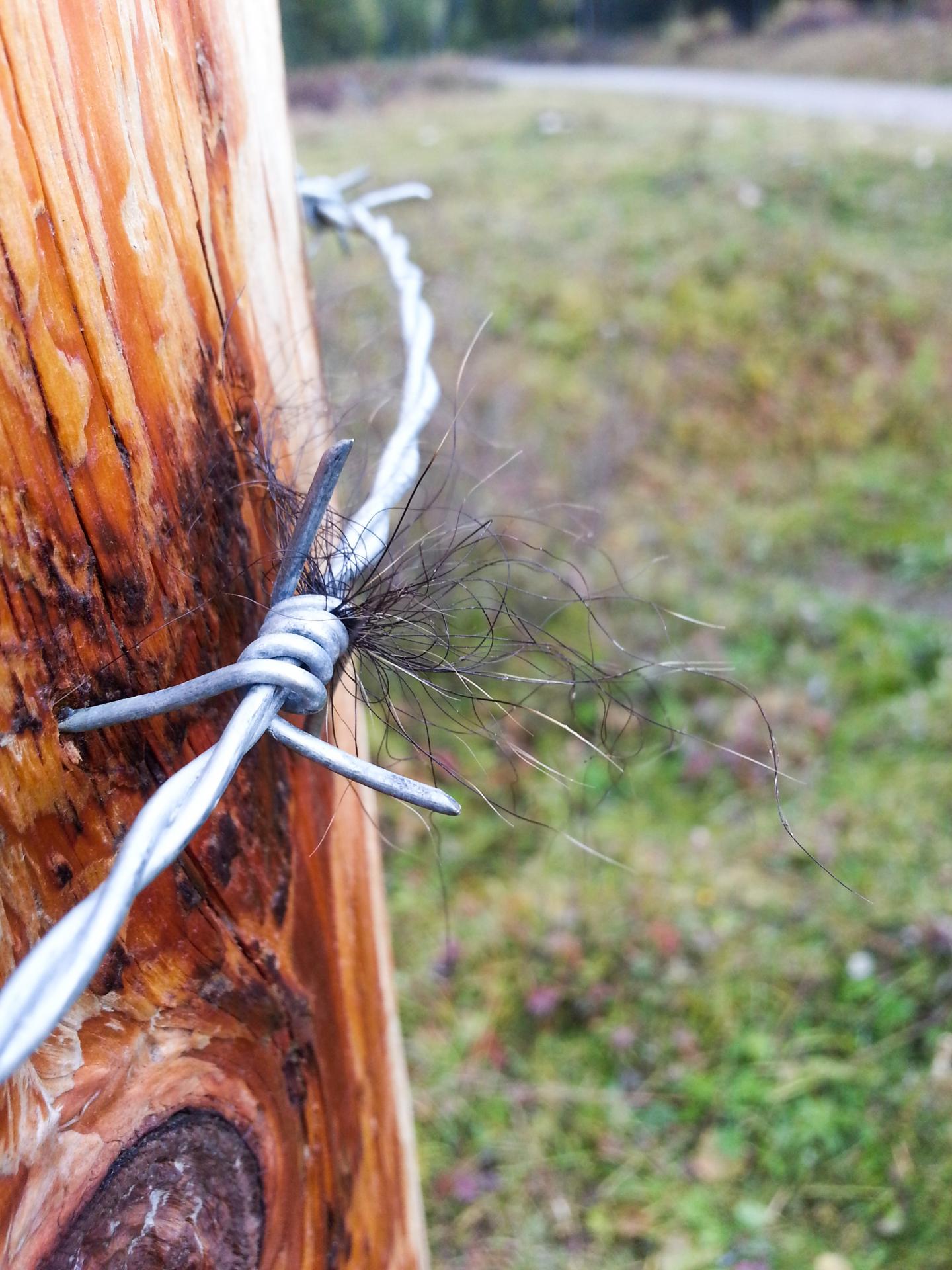Research by UAlberta ecologists suggests studying DNA signatures is a ‘one-stop-shop’ for wildlife conservation

Credit: Clayton Lamb
Tracking animals using DNA signatures are ideally suited to answer the pressing questions required to conserve the world’s wildlife, providing benefits over invasive methods such as ear tags and collars, according to a new study by University of Alberta biologists.
Genetic tagging, or the identification and tracking of individual animals using DNA, is a non-invasive method of conducting research that uses samples from shed hair, feathers, feces, or saliva.
“This method provides a toolkit that can answer many of the pressing questions in ecology and conservation and provides a ‘one-stop-shop’ for getting these answers,” explained Clayton Lamb, PhD candidate and Vanier scholar in the Department of Biological Sciences and lead author on the study. “Other methods would generally need to be combined to acquire similar insight. Genetic tagging approaches are complementary to traditional approaches and add a powerful tool to the ecologists’ toolkit.”
In addition to being non-invasive–in fact, there’s no need to handle individual animals at all–there are many benefits to using genetic tagging over other methods. Genetic tagging can cover more ground and is scalable, allowing scientists to examine overall population density or the composition of a single community. It also provides the ability to recognize individual animals with great precision, allowing scientists to research animals that are otherwise difficult to study.
Access to DNA sequencing technology has grown increasingly affordable since the 2000s, thereby increasing access and usability for ecologists and biologists around the globe. And it’s a good thing too, as our world continues to change.
“As human pressures on the globe increase, scientists are tasked with identifying drivers of decline and mobilizing this evidence to promote mitigation,” said Lamb. “Genetic tagging offers a powerful approach to parameterize such relationships across massive spatial extents, for difficult to sample species, and in a cost-effective and socially-acceptable manner.”
###
The paper, “Genetic tagging in the Anthropocene: scaling ecology from alleles to ecosystems,” was published in Ecological Applications (doi: 10.1002/eap.1876).
Media Contact
Katie Willis
[email protected]
Original Source
https:/
Related Journal Article
http://dx.




